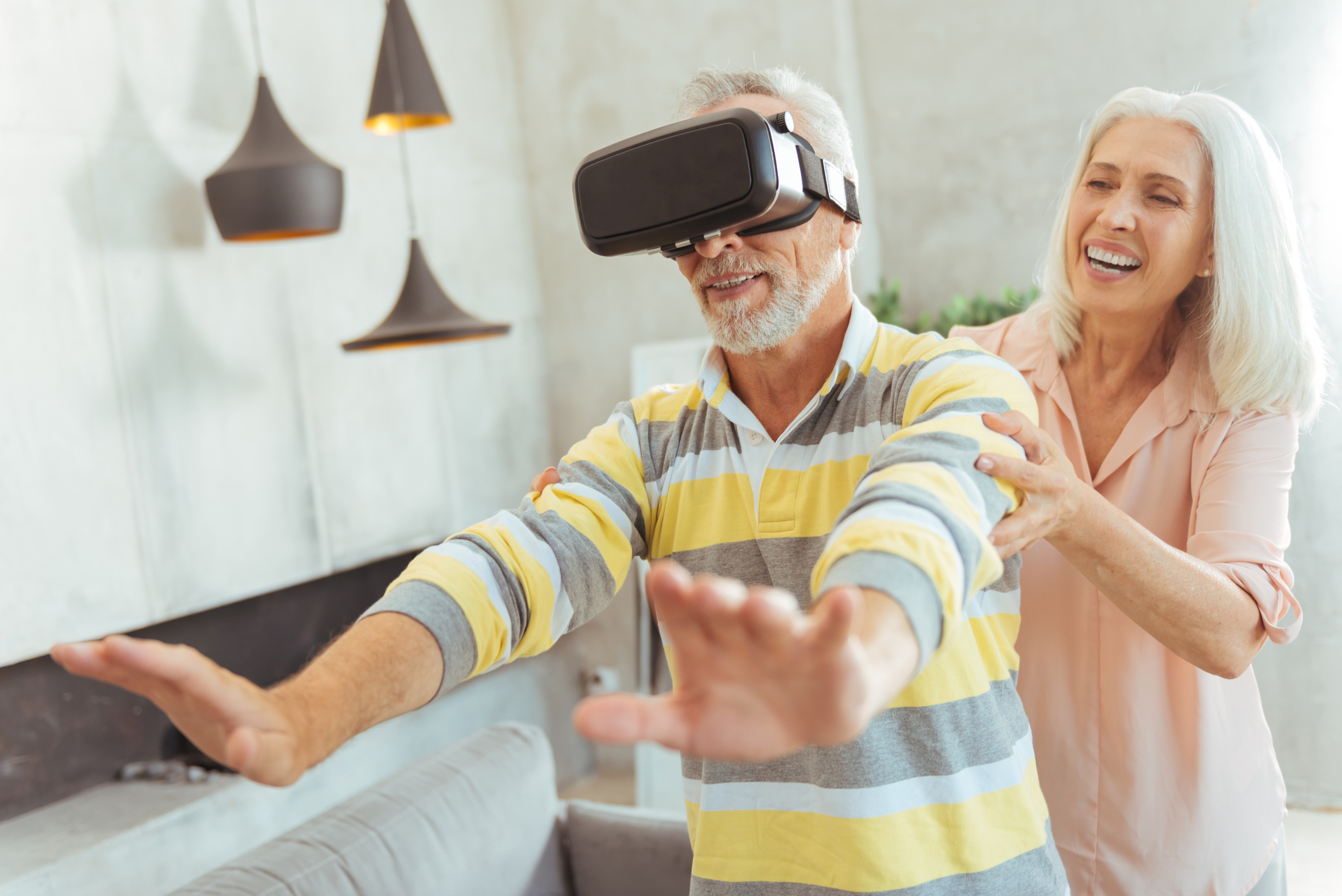
According to a recent study, the use of virtual reality (VR) may be able to significantly reduce severe pain in hospitalized patients. VR therapy has been used to effectively treat anxiety disorders, phobias, support physical rehabilitation, help those with Parkinson’s disease walk, and more. Previous work analyzing the effects of VR on hospitalized patients has been hindered by the lack of randomization and short intervention times. This new large-scale study, however, supports the use of VR in alleviating pain. Published August 14 in PLOS ONE, this study was conducted by Brennan Spiegel of Cedars-Sinai Health System and colleagues.
Background of the Cedars-Sinai Study
In their work, the team recruited 120 inpatient participants at Cedars-Sinai Medical Center in Los Angeles. These patients were all inpatients at the center between November 2016 and July 2017 and had pain scores of over 3 out of 10 during the 24-hour window before the research began. These participants were randomized to either the VR treatment group or the control group. The former had access to 21 immersive VR experiences such as guided relaxation in natural environments, animated games, and flight simulations on a Samsung Gear Oculus headset. These simulations were provided through appliedVR.
Participants in the VR group were told to use the headset for three ten-minute therapy sessions over two days. Spiegel and colleagues noted that VR interventions lasting longer than ten minutes increased the risk of cybersickness. For comparison, participants in the control group received instruction to watch the health and wellness channel (includes guided relaxations and poetry readings) on the television in their hospital setting.
Efficacy of the VR Intervention
The researchers found that self-reported pain scores went down by 1.72 points in the VR group, compared to only 0.46 in the control cohort. This benefit was heightened in patients with a baseline pain score of 7 or higher, with these participants showing 3.04- and 0.93-point reductions in the VR and control groups, respectively.
The VR intervention significantly reduced pain both initially and after 2-3 days of use. Also, patients in the VR group reported higher satisfaction with their experience than those who watched the health and wellness television program. Rates of opioid prescriptions were comparable between the two groups.
“Evidence reveals that virtual reality therapy can tamp down pain signals through a variety of mechanisms,” said Spiegel. “In this study, the largest of its kind to date, hospitalized patients with pain were randomized between VR or a relaxation program on TV. The VR outperformed the control condition and demonstrated benefits over several days of use.”
The researchers note that it is still unclear whether different forms of VR work better than others, however, these results support VR as an effective pain management tool for inpatients. They claim that their work should feed into future studies, such as those analyzing how VR therapy can be used to reduce opioid use in managing pain.
Cedars-Sinai study on inpatient VR pain management offers glimpse at real-world outcomes #Aim2Innovate #DrHIT @BrennanSpiegel https://t.co/mp5yKU5yCM
— MobiHealthNews (@MobiHealthNews) August 14, 2019







 © 2025 Mashup Media, LLC, a Formedics Property. All Rights Reserved.
© 2025 Mashup Media, LLC, a Formedics Property. All Rights Reserved.